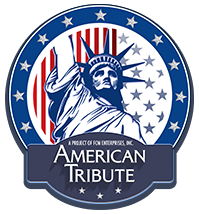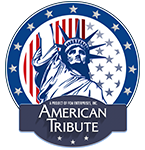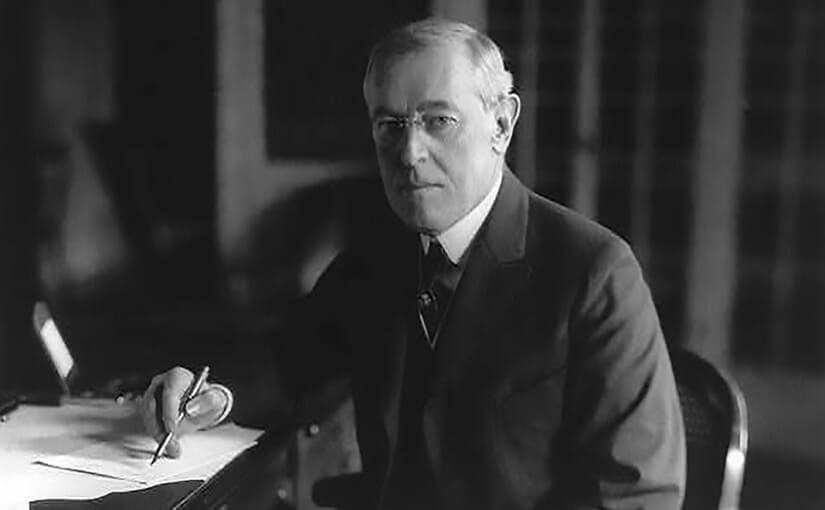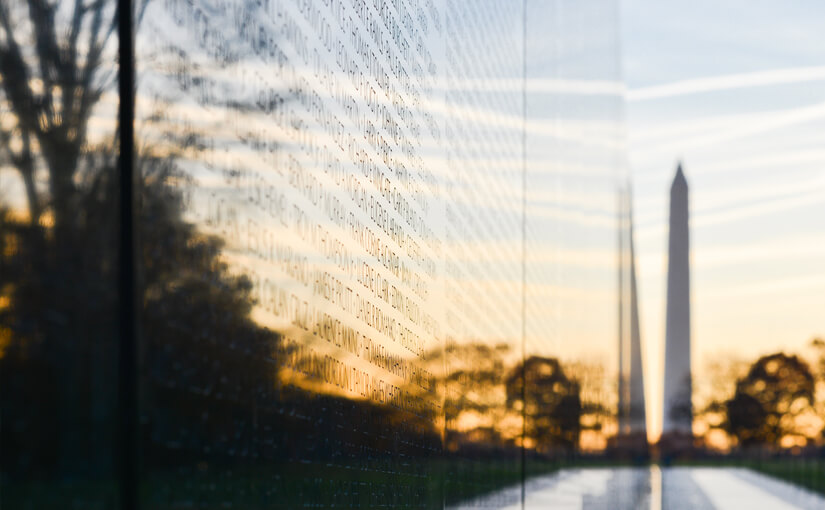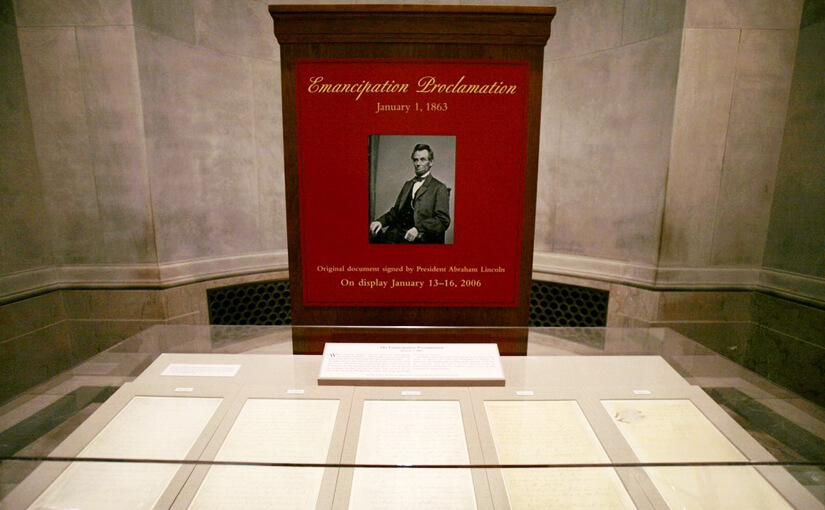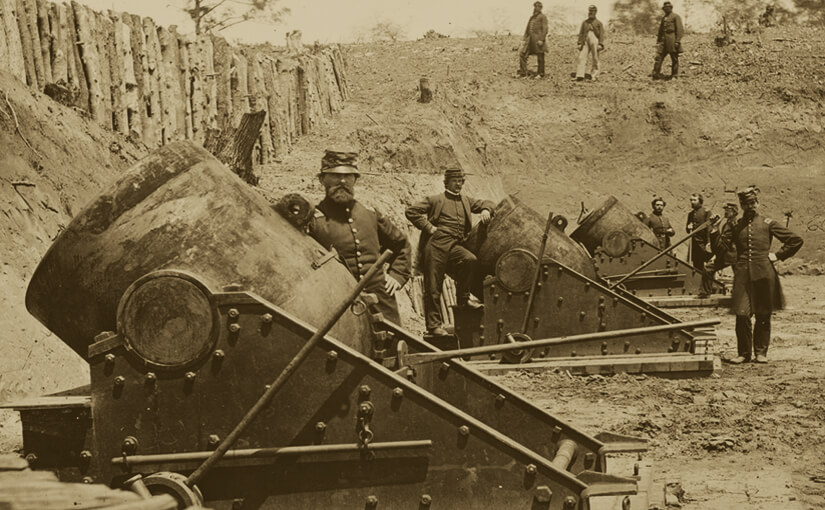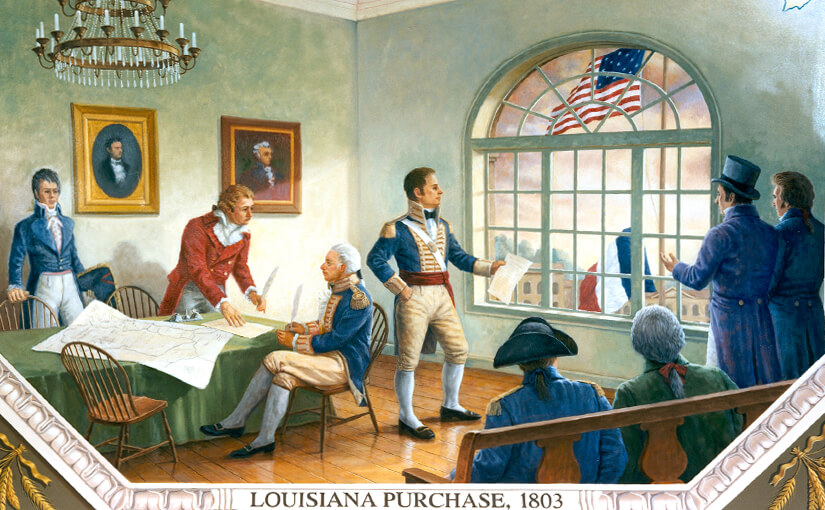World War I began in 1914. It was a long and bloody struggle. The United States entered the war in 1917 after German submarines attacked British and U.S. ships, and the Germans contacted Mexico about starting a war against the United States.
The war ended in 1918 when the Allied Powers (led by Britain, France, Italy, and the United States) defeated the Central Powers (led by Germany, Austria-Hungary, and the Ottoman Empire). The Treaty of Versailles officially ended the war in 1919. World War I was called “the war to end all wars.”
World War II began in 1939 when Germany invaded Poland. France and Great Britain then declared war on Germany. Germany had alliances with Italy and Japan, and together they formed the Axis powers. The United States entered World War II in 1941, after the Japanese attacked Pearl Harbor, Hawaii. The United States joined France, Great Britain, and the Soviet Union as the Allied powers and led the 1944 invasion of France known as D-Day. The liberation of Europe from German power was completed by May 1945. World War II did not end until Japan surrendered in September 1945.
The Korean War began in 1950 when the North Korean Army moved across the 38th parallel into South Korea. The 38th parallel was a boundary established after World War II. This boundary separated the northern area of Korea, which was under communist influence, from the southern area
of Korea, which was allied with the United States.
At the time, the United States was providing support to establish a democratic South Korean government. The United States provided military support to stop the advance of the North Korean Army. In the Korean conflict, democratic governments directly confronted communist governments. The fighting ended in 1953, with the establishment of the countries of North Korea and South Korea.
From 1959 to 1975, United States Armed Forces and the South Vietnamese Army fought against the North Vietnamese in the Vietnam War. The United States supported the democratic government in the south of the country to help it resist pressure from the communist north. The war ended in 1975 with the fall of Saigon, the capital of South Vietnam.
In 1976, Vietnam was under total communist control. Almost 60,000 American men and women in the military died or were missing as a result of the Vietnam War.
On August 2, 1990, the Persian Gulf War began when Iraq invaded Kuwait. This invasion put the Iraqi Army closer to Saudi Arabia and its oil reserves, which supplied much of the world with oil.
The United States and many other countries wanted to drive the Iraqi Army out of Kuwait and prevent it from invading other nearby countries. In January 1991, the United States led an international coalition of forces authorized by the United Nations into battle against the Iraqi Army. Within a month, the coalition had driven the Iraqis from Kuwait. The coalition declared a cease-fire on February 28, 1991.
* If you are 65 or older and have been a permanent resident of the United States for 20 or more years, you may study just the questions marked with an asterisk.
** As you prepare for U.S. citizenship, Learn About the United States: Quick Civics Lessons will help you study for the civics and English portions of the naturalization interview. There are 100 civics (history and government) questions on the naturalization test. During your naturalization interview, you will be asked up to 10 questions from the list of 100 questions. You must answer correctly six (6) of the 10 questions to pass the civics test.
Download PDF
